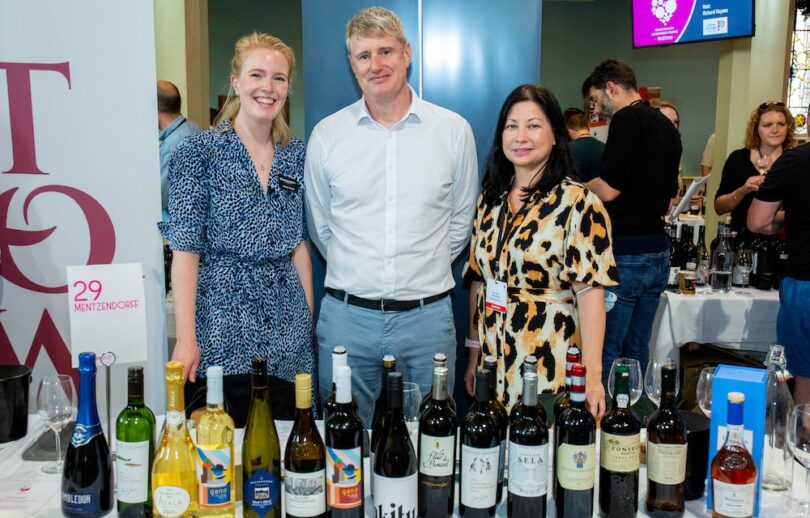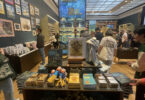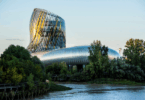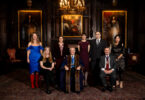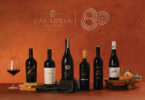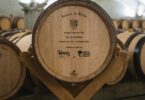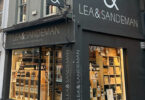Hard Times: The London Wine Trade Fair 2025
Written by Giles MacDonogh ,London 01 June ,2025
On and off I have been going to the London Wine Trade Fair for forty years. When I first went, it was a great scrum, with lots of little growers piling onto the stands hoping for recognition from the great commanding British market. Many of them I knew from Paris, and was happy to see them again. I also ran into Jasper Morris (not yet ‘MW’, I think) an Oxford contemporary who spoke to me about looking forward to being a ‘senior member of the wine trade.’ I was slightly confused as to why Jasper should want to be such a thing. I saw him flying far higher than that.
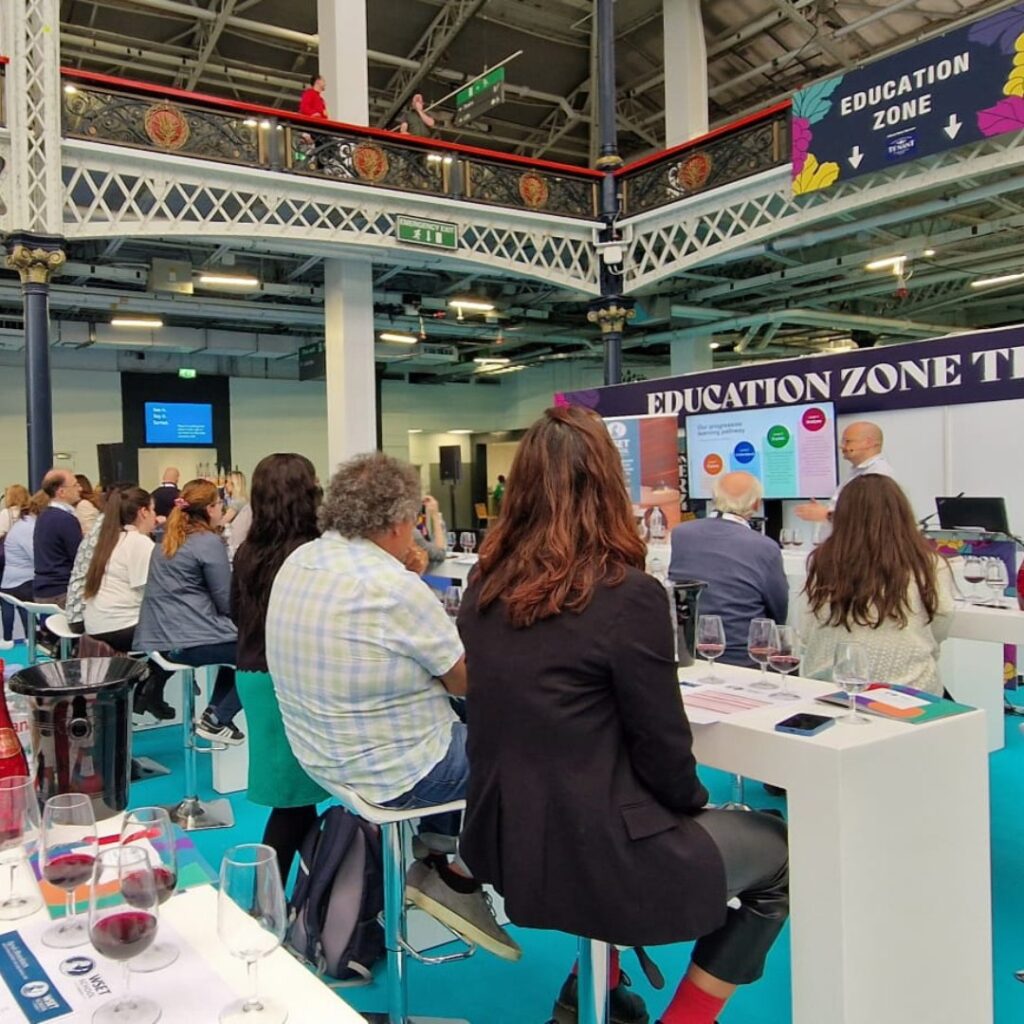
At first it was very much part of the calendar. Always at Olympia, it was easy to get to and there were nice places around where you could meet for a drink or a meal. Lots of people went there to booze and were unsteady on their pins by the end of the day. The third day had a rather sodden, groggy feel about it. That was the one to avoid. Then someone had the bright idea of taking the fair to Docklands (Excel must have undercut the cost), and that was the first nail in the coffin for me. It wasn’t easy to get to and there was nowhere nearby to meet for a drink or a meal. I recall once Ranald Macdonald asked me to go and find some house wines for Boisdale restaurants, which I did, and quite enjoyed being a buyer or talent-spotter for a while. I found some really good Uruguayan Tannats (including some from a Toscanini estate related to the great conductor) and dirt-cheap Spanish wines of which there are still many in more off-the-beaten-track regions, which you would be happy to put on at the bottom of your wine list. I think he went with a few of my suggestions, but my buying career advanced no further.
I am not sure how many times I went to the Docklands place? Not many, I think.
So, I went this year after a longish absence to find that many things had changed on the organisational side, and perhaps some of them for the better. For a start it was much smaller. The first floor, which featured some of the more interesting growers in the past, was unoccupied, and I had the impression there were fewer stands at ground level. There were many more events and tutored tastings (always nice little earners for the tutors), and there were far fewer people. This may be a reflection of Britain’s decline when it comes to wine (and much else besides): punitive taxation and Brexit bureaucracy have not helped. Security was very tight and journalists were screened to see if they were real and active or bogus or idle. If the latter was the case, they were forced to pay a hefty entrance fee. I saw no drunkenness either, but then again, I didn’t stay to the end.
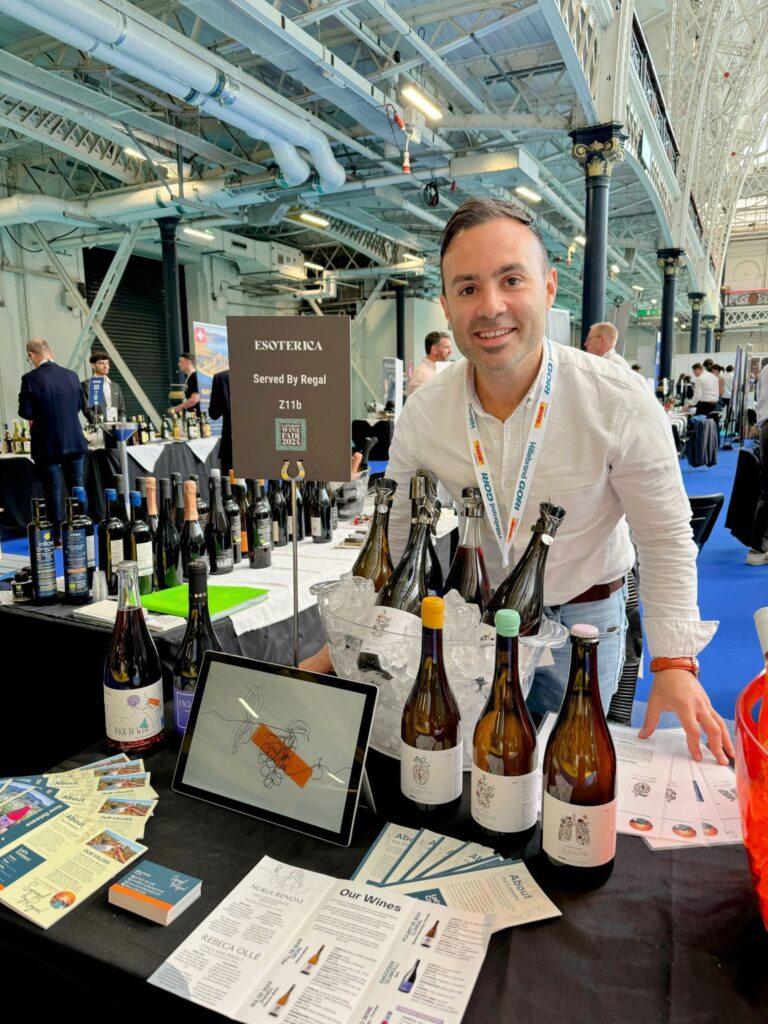
For me at least, the Fair began triumphantly with a tasting of mature wines put on by the venerable house of Mentzendorff. It was a star-spangled line-up and I was assured that the company could provide all the wines. Naturally, the tasting kicked off with Bollinger (owners of Mentzendorff) or rather its Chardonnay-dominated stablemate Ayala. The 2015 Perle, is a gorgeous wine (20% Pinot Noir) culled from five grand cru properties and spending eight years on its lees. It has a creamy biscuity taste and splendid length. The Bollinger Grande Année of the same year is sixty percent Pinot Noir, and distinctly muscular by comparison. It is a Jupiter of a wine: what you feel here above all is power.
We moved on to a 2015 Ceretto Barbaresco Bernadot. It was very Pinot-like, down to the brick-like colour, long and elegant. With the Rioja Roda 1 Reserva from Haro, we dropped back ten years. This was in a Frenchified style, eschewing American oak for French barriques, with good fruit and force – and no sign of wear or tear. The 2011 Le Plus Cuvée Prince Oscar from Château La Fleur de Boüard was 100% Merlot and a great mouthful of morello cherries – with a fair bit of alcohol too. We went on to the 2007 Les Ruchets Cornas from my old friend Jean-Luc Colombo which was perhaps at its apogee. The 2012 Principal Grande Reserva from the Colinas de São Lourenço in Bairrada was a surprise to someone who knew Bairrada reds being chiefly rustic and waxy – and a better match for the local suckling pig than the recommended sparkling wine. It is half Touriga Nacional topped up with Bordeaux grapes (not a Baga to be seen), but comes with a hefty price-tag. The 2014 Kolikanoon Attunga 1865 Shiraz was also not cheap, but it is rare. The name refers to the year in which the grapes were planted. It has a strong balsamic character, and is quite delicious.
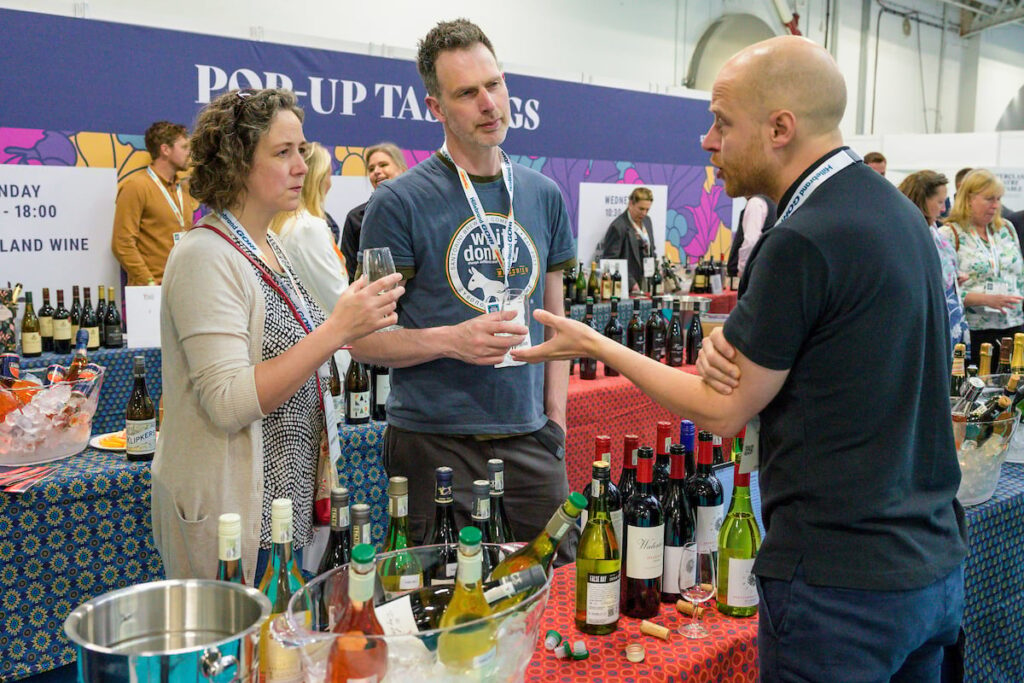
We moved on to fortifieds. First up was a 2000 Henriques & Henriques Boal Single Harvest Colheita Madeira with a great rancio nose and plenty of leather, toffee and liquorice on the palate, followed by great shuddering length and acidity. A 30-year-old Taylor tawney followed, which seemed mild beside the Madeira but with an unctuous taste of dried figs. And we finished with a 2012 Vin de Constance made from grapes shrivelled over a hot three-month harvest in the Cape: apricots and apricot blossoms, honeysuckle, and a remarkable freshness that had me thinking of the very best vin santo.
It was hard to know what to do for an encore. I went to Oakley Wines, where Nick has ceded his seat to his daughter Charlotte, they bring in the excellent (and excellent value) wines from JP Ramos in Portugal and many more from across the Iberian Peninsula. I particularly liked the 2024 Albariño from Altos de Torona which was refreshing after the fortified wines. The 2024 Regina Viarum Mencía from Ribeira Sacra was a lovely, lyrical, fruity summer wine.
I wandered, lonely as a cloud (well, not quite as I met a few friends) until I found a table where a magazine was putting out bottles to taste. There were some top wines: 2022 Rully La Crée from Domaine Belleville – an affordable and memorable white Burgundy; a 2018 Mönchhof Urziger Würzgarten Kabinett; a dry 2024 Neetlingshof Gewürztraminer (where I met Nelson Mandela many years ago); 2020 Pelissero Barbaresco; 2020 Dugladze Saperavi Reserve, a Georgian wine in a bottle that needed two hands to lift; and many more.
Georgian wine reappeared before my old friend Robert Joseph, and indian turned cowboy (or vice versa) who is producing K’avshiri wines there. The wines are assembled from different vintages, regions and grapes. There was an intense 2024 rosé with some shrivelled grapes and three other varieties vinified in a traditional qvedri. The red was non-vintage made principally from Saperavi and Aladasturi grapes plus two whites. The Saperavi was made in a qvedri, but the Saperavi dominated with its black fruit tastes.
I stopped to taste cool red and white Souvall Beira wines from Lucia and Américo Ferraz. I liked the 2023 whites made from Arinto, Fernão Pires and local Siria grapes; but the reds were good too, like the 21 Souvall Tinto, made from a field blend of five cultivars. The 2022 Reserva made from Touriga Nacional and Touriga Franca with its black cherry taste and the more Touriga Nacional-dominated 2021 Grande Reserva.
Lastly, I stopped to see three Bulgarian wineries: Chäteau Burgonze, Tipchenitza and Villa Melnik. Chäteau Burgonze is on the Danube in the north. I liked two 2024 wines, a Cabernet with a hint of gooseberries and Eva, which was a chunky compendium of Cabernets Sauvignon and Franc, Syrah and Gamza. Tipchenitza is also in the north-west but high, with vineyards at 600 metres. I enjoyed their Vrachanski Misket and chardonnay blend and the red Rubin.
I have had a particular fondness for Melnik, both the region and the eponymous grape variety since the nineties, when I used to travel a lot in Bulgaria. It is rare for me to like orange wines. I find many short or sour or both. The Villa Melnik has a blend of Viognier and Keratsuda. It is slightly musky and peppery but highly individual. The wines are full-bodied and not shy of alcohol. Among the reds, the 2020 Bergulé blend of Mavrud and Melnik was a showstopper, with its full cherry and coffee fruit. The 2021 Aplauz was 100 percent Melnik 55, a toffee-tasting, long-structured wine vinified in stainless steel. There is a Mavrud version of Aplauz too. The 2020 was juicy, hot and peppery, a foil to spicy food.
Militza Zikatanov, daughter of the creators of the estate, told me that importers now ask producers to lower their alcohol levels in order to enter Britain at a cheaper duty band, a reference to the crass new system introduced by Boris Johnson (no stranger to wine) and his teetotal chancellor Rishi Sunak. Apart from causing wine sales to fall in Britain, the punishing of alcohol in wine fails to take physiological ripeness into account: some varieties are simply not ready to pick until they reach 13 or 13.5 ABV or more. These duties result in fewer growers wanting to sell their wines in Britain and – I suppose – a drop in the number of people presenting or attending the London Wine Trade Fair.
On the way out, bouncers were frisking bags. Maybe they wanted to see if anybody had stolen glasses. Times are hard.

